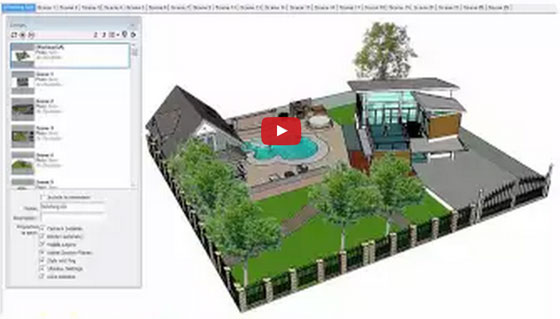

October 13 11 am PDT: 15 Min to BIM Invite.November 10 11 am PDT: 15 Min to BIM Invite.December 8 11 am PDT: 15 Min to BIM Invite.Next Post Next Revit 2019 System Requirements Search for: Search Recent Posts

Don’t forget to use the model lines as a reference to align your models!Įxporting from Revit to Sketchup can be a tricky process, but hopefully the steps that I’ve outlined here will help you get over a few technical hurdles.ĭo you have any additional tips and tricks when exporting from Revit to Sketchup? Please share them in your comments below. If they aren’t aligned, you still have the benefit of adding the model lines because now you can easily get these models aligned by using them as a reference when importing from Revit to Sketchup.Ĭontinue to import your DWG models as needed to complete your Revit to Sketchup conversion. Those model lines help identify extents of the model, so Sketchup should have a similar insertion point for all of your models. You’ll notice that the reference lines that you modeled in part one are aligned with the x, y, and z axis automatically. In the Save As window, you can force AutoCAD to save the file to an earlier version using the Files of type dropdown menu (see screenshot below). Open one of your DWGs in AutoCAD and run the Save As command. If you don’t have access to the original Revit model to export the CAD files in the appropriate version, another option is to change the version from AutoCAD. Double check that your DWG was exported to the 2007 version as shown in part one. I have notice that 9 out of 10 times, this is due to the AutoCAD DWG version that you exported. Note that when converting a model from Revit to Sketchup by importing a DWG, Sketchup may throw a vague error stating “Import Failed”.

Browse to the models that were exported in part one and select one to import. In Sketchup, navigate to the File menu and select Import. Now in Part Two, we’ll cover the final steps when importing a model from Revit to Sketchup and cover some common issues. In part one, we covered the process from the Revit side of the workflow, where you prepped your model for export. We’ll cover some recommended techniques and some common errors to watch out for. We won’t cover that topic in this post, but rather the less common workflow of going from Revit to Sketchup. It is a common workflow for designers to turn to Sketchup during the early phases of a building design because jumping straight into Revit model often more time consuming.


 0 kommentar(er)
0 kommentar(er)
